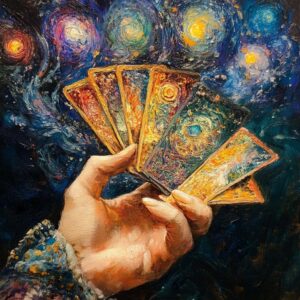
Tarot cards, beyond being a tool for fortune-telling, are also a powerful means of connecting with the depths of the human psyche. They allow us to explore our emotions, thoughts, impulses, and fears, as well as to gain insights into recurring behavioral patterns in our lives. Through card spreads, we can receive guidance and advice on important decisions, while also gaining a better understanding of ourselves and the potential within us. Tarot cards do not determine our fate; rather, they offer us possibilities and insights, and each of us must choose how to use them to shape our future.
Tarot cards are a powerful tool offering a dual journey: a glimpse into the future alongside a fascinating exploration of mythological and religious figures. These 78 cards, adorned with ancient symbols and imagery, open a window to a deeper understanding of human culture, the connections between different civilizations, and their influence throughout history.
In addition to fortune-telling, which provides insights into love, career, and more, tarot cards allow us to delve into the worlds of mythology and religion. The Magician card, for instance, evokes the image of Hermes, the Greek god of commerce and cunning, while the Empress card parallels fertility and wisdom goddesses like Isis and Demeter.
Exploring the connections between tarot cards, mythology, and religion enhances our understanding of the cards' meanings, the relationship between human culture, religion, and spirituality. Tarot cards are not just a tool for fortune-telling; they also serve as a gateway to ancient worlds, captivating stories, and inspiring figures.
Tarot cards, beyond being a tool for fortune-telling, are also a gateway to a deeper understanding of the connections between cultures, religions, and symbols throughout history. These 78 cards, adorned with ancient symbols and imagery, reflect mythological figures, beliefs, and cultural patterns that recur across different human societies.
Exploring the links between tarot cards, mythology, and religion opens a window to understanding the mutual influences between cultures, their development, and the relationships between them. The Magician card, for instance, parallels figures such as Hermes in Greek mythology, Thoth in Egyptian mythology, and Odin in Norse mythology. These figures, despite their different names, represent similar qualities of magic, cunning, and communication.
Understanding the connections between tarot cards, cultures, religions, and symbols allows us to explore human history, the similarities between different cultures, and how symbols and worldviews have been passed down through generations and across regions. Tarot cards are a powerful tool for connecting the past, present, and future, and for uncovering deep connections between cultures, religions, and symbols throughout history.

Tarot cards draw significant inspiration from mythology, both in the Major Arcana and the Minor Arcana. This integration enriches the meaning of the cards and allows for a deeper understanding of the messages they convey.
Understanding the mythological influences in tarot cards enhances the interpretation of the cards' meanings, the connections between different cultures, and the impact of mythology on human culture throughout history.
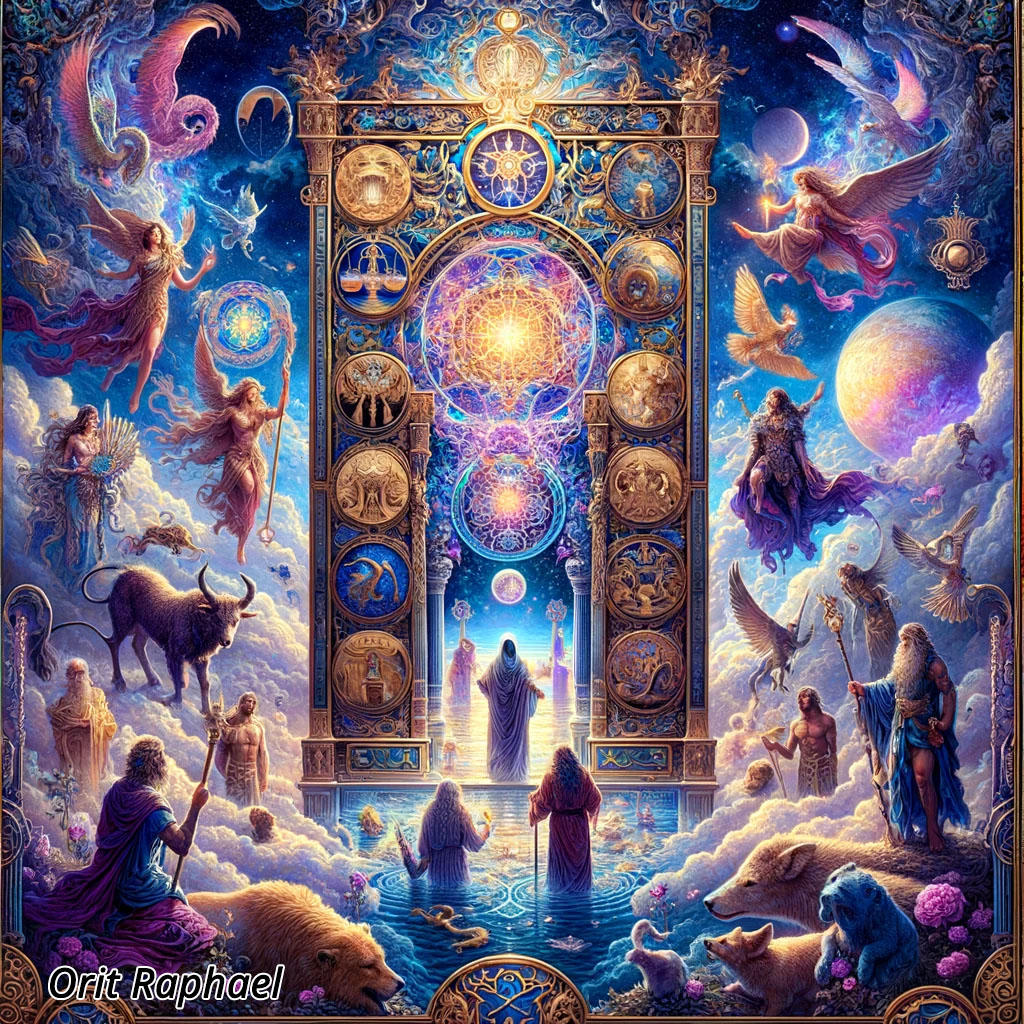
Religious Connections: A Deep Link to Kabbalah
The influence of Kabbalah on Tarot cards is particularly evident in the Major Arcana. Many symbols in these cards parallel the Ten Sefirot, which are fundamental concepts in Jewish mysticism. For example, The Magician card corresponds to the Sefirah of "Keter" (Crown), representing the beginning of creation and divine emanation. The Empress card is associated with the Sefirah of "Chokhmah" (Wisdom), symbolizing creative power and intuition.
The connection between Tarot and Kabbalah is not coincidental. Both traditions explore the spiritual realm, the relationship between humanity and the divine, and the journey of personal growth. They each utilize powerful symbols and imagery to convey profound messages.
Exploring the relationship between Tarot and Kabbalah offers a deeper understanding of both traditions. By examining the symbols and figures in Tarot cards, we can delve into Kabbalistic principles, the meaning of the Sefirot, and the connections between them.
However, it is important to note that there is no unanimous agreement regarding the relationship between Tarot and Kabbalah. Some scholars argue that the connection is direct and clear, while others believe it is more of an indirect or parallel influence.
Investigating the link between Tarot and Kabbalah is a fascinating journey for enthusiasts of both traditions. This exploration allows us to uncover deep connections between the two, learn about central spiritual principles, and enhance our understanding of ourselves and the world around us.
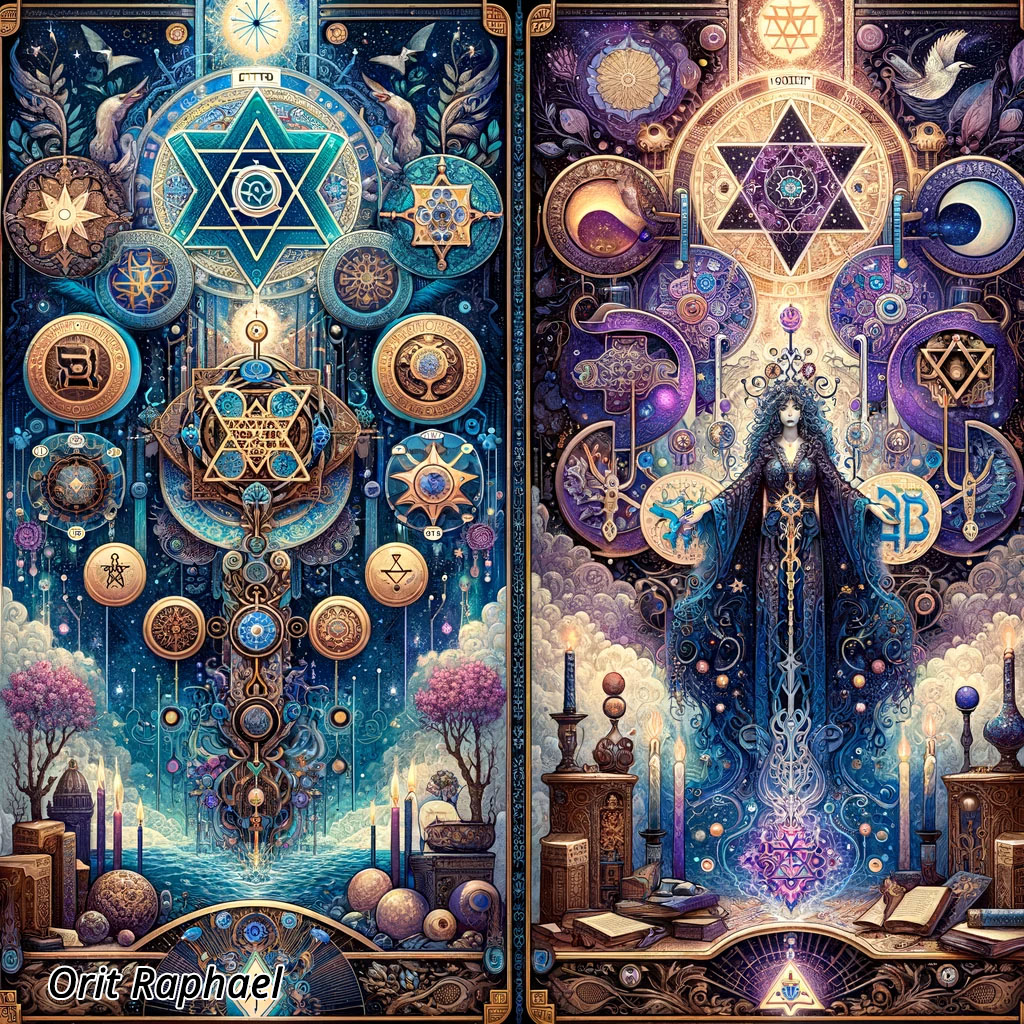
Tarot cards also hold deep connections to Christianity, with many figures and symbols in the cards corresponding to characters and stories from the New Testament. For instance, The Hierophant card represents the leader of the Catholic Church, while The Death card is often associated with the resurrection of Jesus.
The relationship between Tarot and Christianity is not a new concept. As early as the 14th century, Tarot cards were interpreted as tools for understanding Christian beliefs and perspectives. Scholars have drawn parallels between specific cards and figures or stories from the New Testament. For example, The Star card is often associated with the Virgin Mary, and The Tower card is linked to the Tower of Babel.
Exploring the connection between Tarot and Christianity opens a window into a deeper understanding of both traditions. By examining the symbols and figures in Tarot cards, we can delve into Christian worldviews, the significance of religious figures, the stories of the New Testament, and the connections between them.
However, it is important to note that there is no unanimous agreement on the depth of the relationship between Tarot and Christianity. Some scholars argue that the connection is direct and clear, while others believe it to be an indirect or parallel influence.
Investigating the link between Tarot and Christianity is a fascinating journey for enthusiasts of both traditions. This exploration allows us to uncover deep connections between the two, learn about central religious concepts, and deepen our understanding of the world around us.
4o
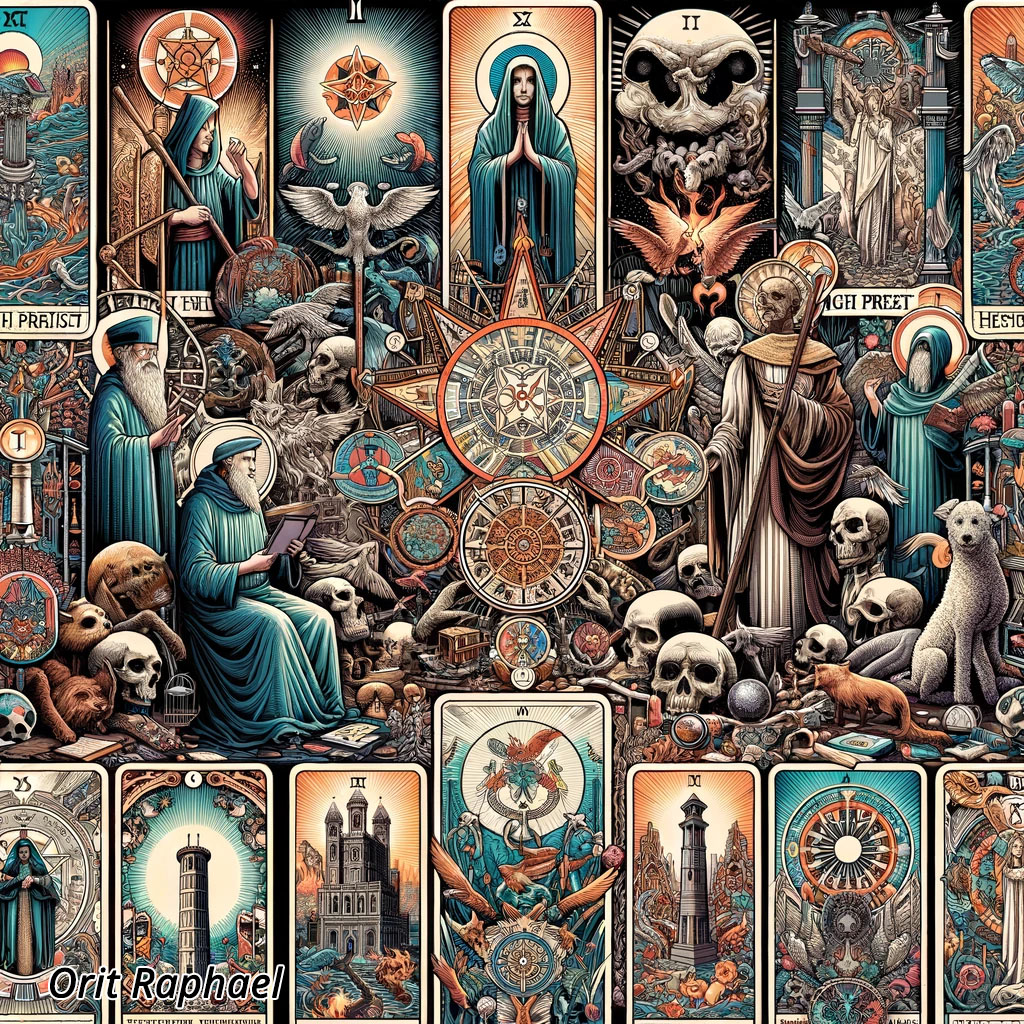
In Tarot cards, various religious symbols are woven into the imagery, reflecting the deep connections between different cultures and faiths. For example, The High Priestess card features the word "Torah," a Hebrew term symbolizing wisdom and spiritual depth. The Wheel of Fortune card includes the Tetragrammaton, the sacred and unspoken name of God in Judaism. Additionally, The Devil card displays a pentagram, an Islamic symbol representing the Five Pillars of Islam.
These symbols are not mere decorations; they carry profound meanings related to worldviews, beliefs, and values. Their inclusion in Tarot cards highlights the intertwined nature of various cultures and religions, offering a richer understanding of the spiritual and philosophical ideas they represent.
Exploring the connection between Tarot and different religions opens a window to a deeper understanding of the links between cultures, symbols, and religious teachings. By examining these symbols in Tarot cards, we can delve into the worldviews of different cultures, the significance of these symbols, and their interconnectedness.
However, it is important to note that there is no unanimous agreement on the depth of the relationship between Tarot and any specific religion. Some scholars believe the connections are direct and clear, while others see them as indirect or parallel influences.
Investigating the ties between Tarot and various religions is a fascinating journey for enthusiasts of both Tarot and religious studies. This exploration allows us to uncover deep connections between cultures, learn about central religious concepts, and enhance our understanding of the world around us.
Examples of Religious Symbols in Tarot:
Religious Figures and Symbols in Tarot:
These examples illustrate how Tarot cards can bridge the gap between different religious traditions, providing a unique tool for spiritual exploration and understanding.
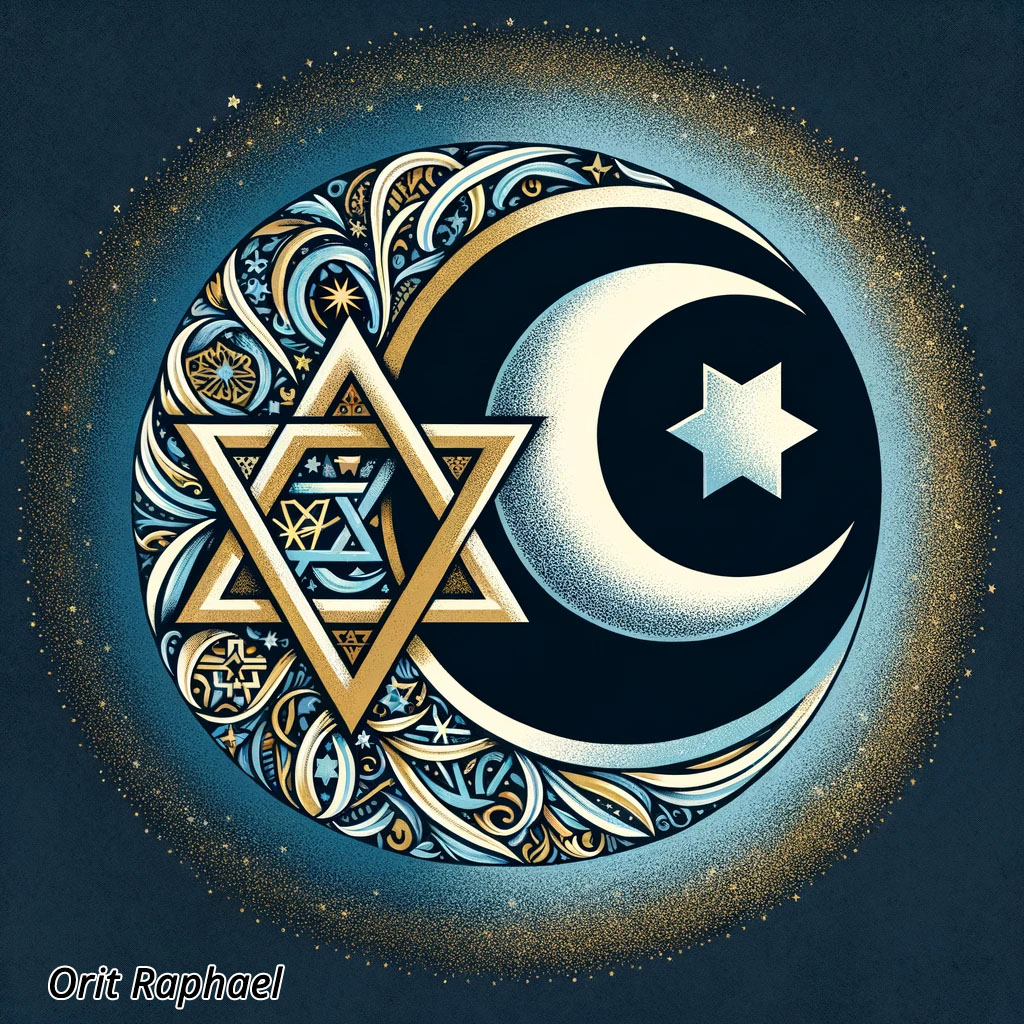
Additional Influences:
Astrology:
Tarot cards are closely linked to astrology, with each court card corresponding to an astrological sign, and the card's attributes reflecting the traits of that sign. For example, the King of Wands is associated with Aries, and the King of Cups corresponds to Cancer.
The connection between Tarot and astrology allows us to use the cards as a tool for deeper understanding of ourselves and those around us. By examining the relationship between a specific card and its corresponding astrological sign, we can explore personality traits, tendencies, and challenges related to that sign.
Alchemy:
Many alchemical symbols are integrated into Tarot cards, representing processes of transformation, development, and personal fulfillment. The Death card, for instance, incorporates alchemical symbols related to death and rebirth, while The World card includes symbols connected to completion and achievement, as does The Wheel of Fortune.
The link between Tarot and alchemy allows us to use the cards as a tool for exploring inner processes. By examining the alchemical symbols in the cards, we can investigate the challenges and opportunities we face on our personal development journey.
Exploring the astrological and alchemical influences of Tarot cards opens a window to a deeper understanding of the connection between Tarot, the humanities, psychology, and personal growth.
Exploring Tarot's Connection to Greek Mythology: A Fascinating Journey into the Depths of the Soul
Delving into the connection between Tarot and Greek mythology opens the door to a profound understanding of the cards' meanings, the layers of human discourse, and the impact of ancient culture on the modern world. Through this exploration, we can discover how ancient myths continue to shape our understanding of the Tarot and its relevance to contemporary life.
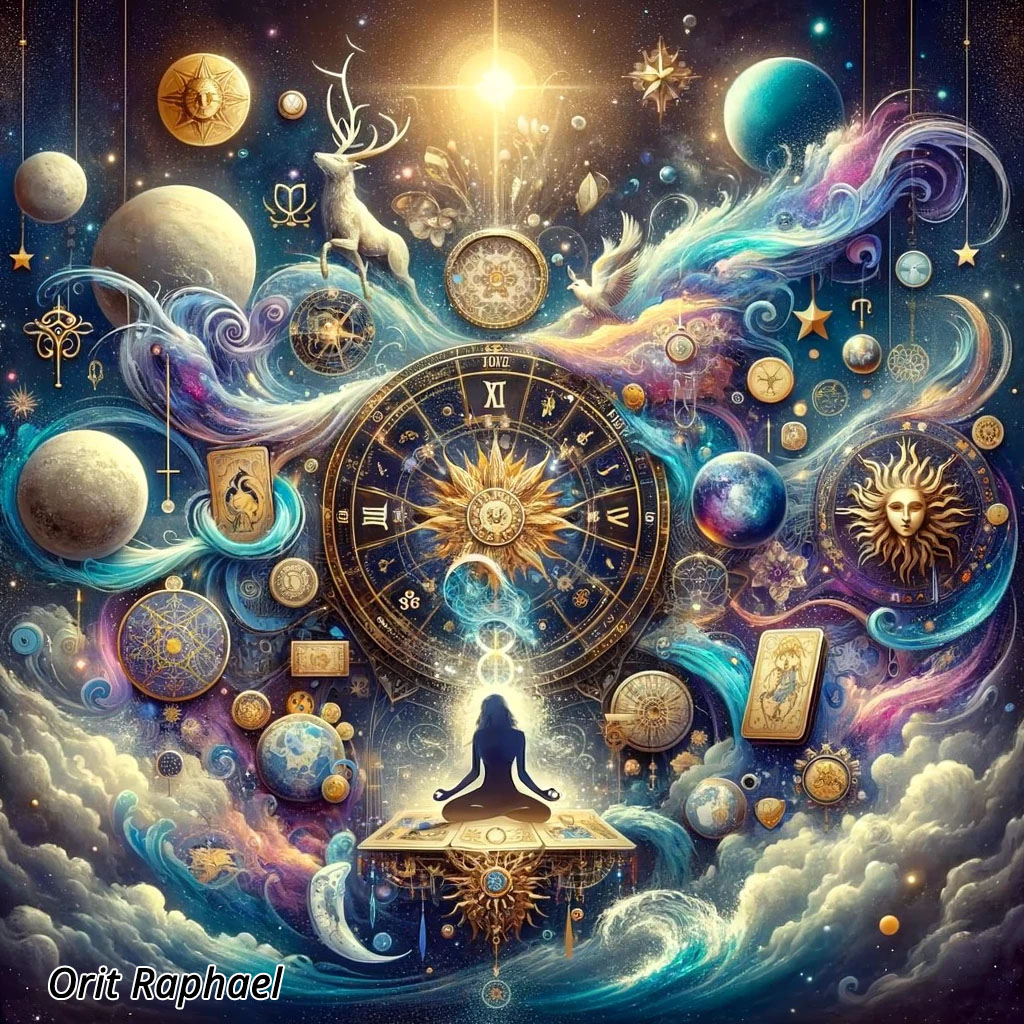
Understanding the Meaning of the Cards:
Many mythological figures are depicted in Tarot cards, such as the Magician (Hermes), the Empress (Aphrodite), and Death (Hades). Understanding the connection between a specific card and its mythological counterpart allows us to explore the deeper meaning of the card and its relationship to human traits, values, and worldviews.
The Minor Arcana is based on four stories from Greek mythology:
Discovering Connections Between Cultures:
Many mythological symbols and images are shared across different cultures. Exploring the relationship between Tarot and Greek mythology allows us to uncover these connections and understand the influence of Greek mythology on various cultures worldwide.
Emphasizing Subjective Interpretation:
There is no single correct way to interpret Tarot cards. Exploring the connection between Tarot and Greek mythology can help us develop different approaches to interpretation, considering mythological knowledge, personal values, and cultural context.
Exploring the Relationship Between Tarot and Greek Mythology:
This journey is a fascinating exploration of the depths of the human psyche, culture, and history. It allows us to deepen our understanding of ourselves, those around us, and the world we live in.
In Conclusion: A Fascinating Journey into Ancient Worlds and Understanding the Present
Tarot cards are a multi-dimensional tool that combines symbols and imagery from various mythologies, religions, and cultures. Exploring these connections opens the door to a deeper understanding of the cards' meanings and the relationships between human culture, religion, and spirituality.
By studying the religious, mythological, and astrological connections in Tarot, we can discover layers of meaning within the cards. Through examining the symbols and figures, we can explore worldviews, values, beliefs, and inner processes.
Tarot is not just a tool for predicting the future but also a means of self-exploration, a deeper understanding of human culture, and discovering connections between different cultures and religions.
Exploring Tarot is a captivating journey into ancient worlds that leads to a deeper understanding of the present, ourselves, and those around us.
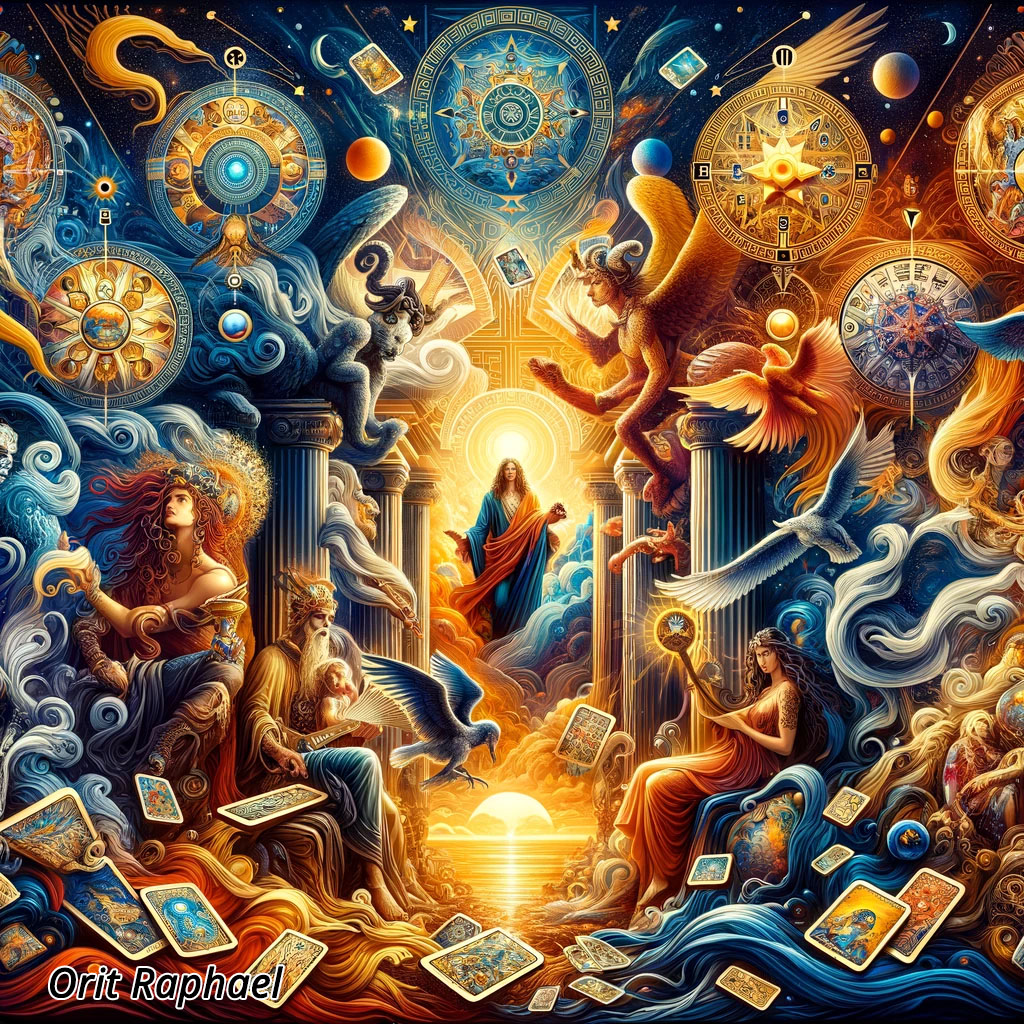
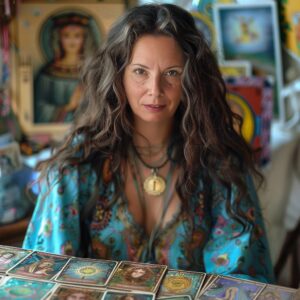
Orit Raphael, Tarot Reader for Personal Guidance, Insights, and Messages